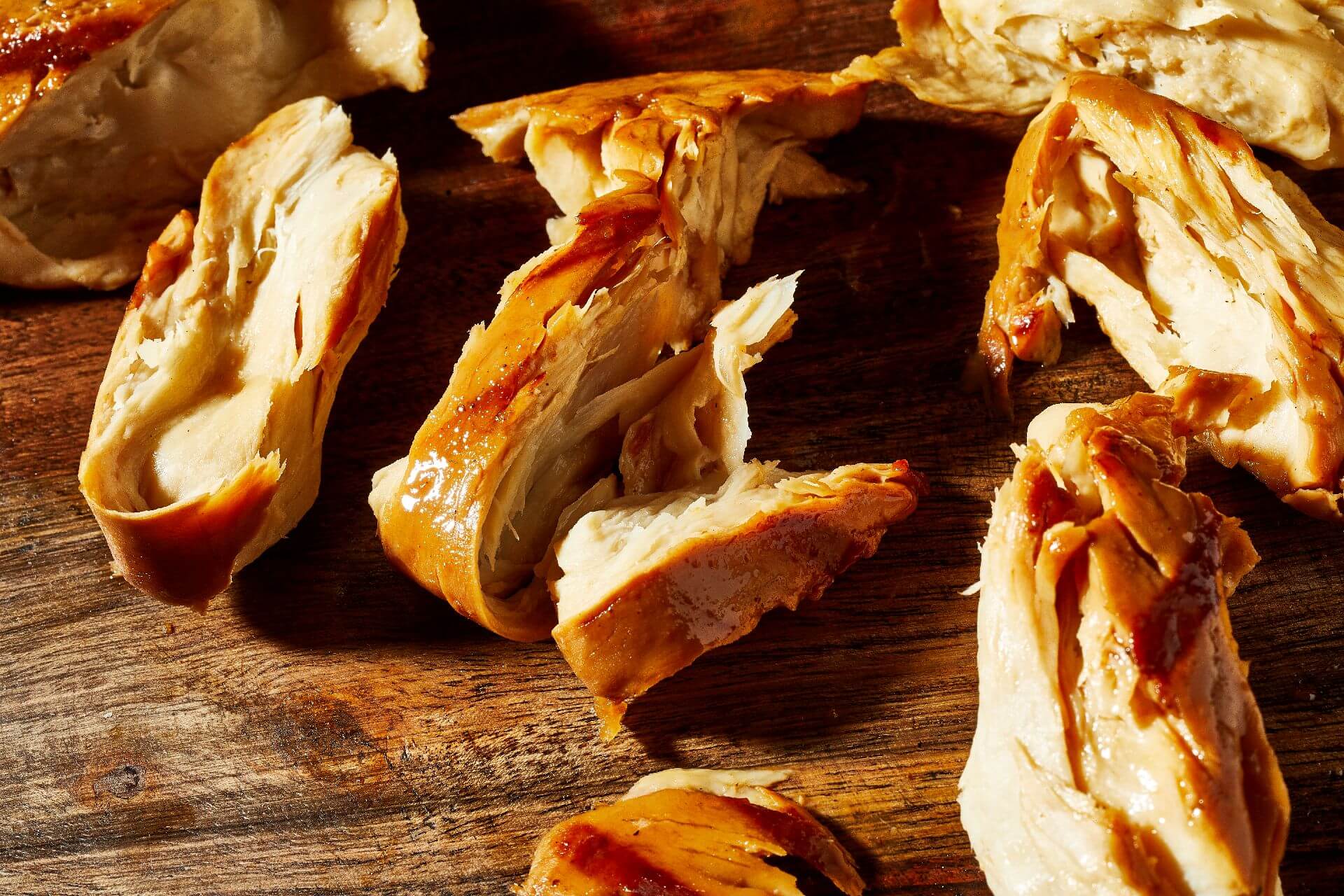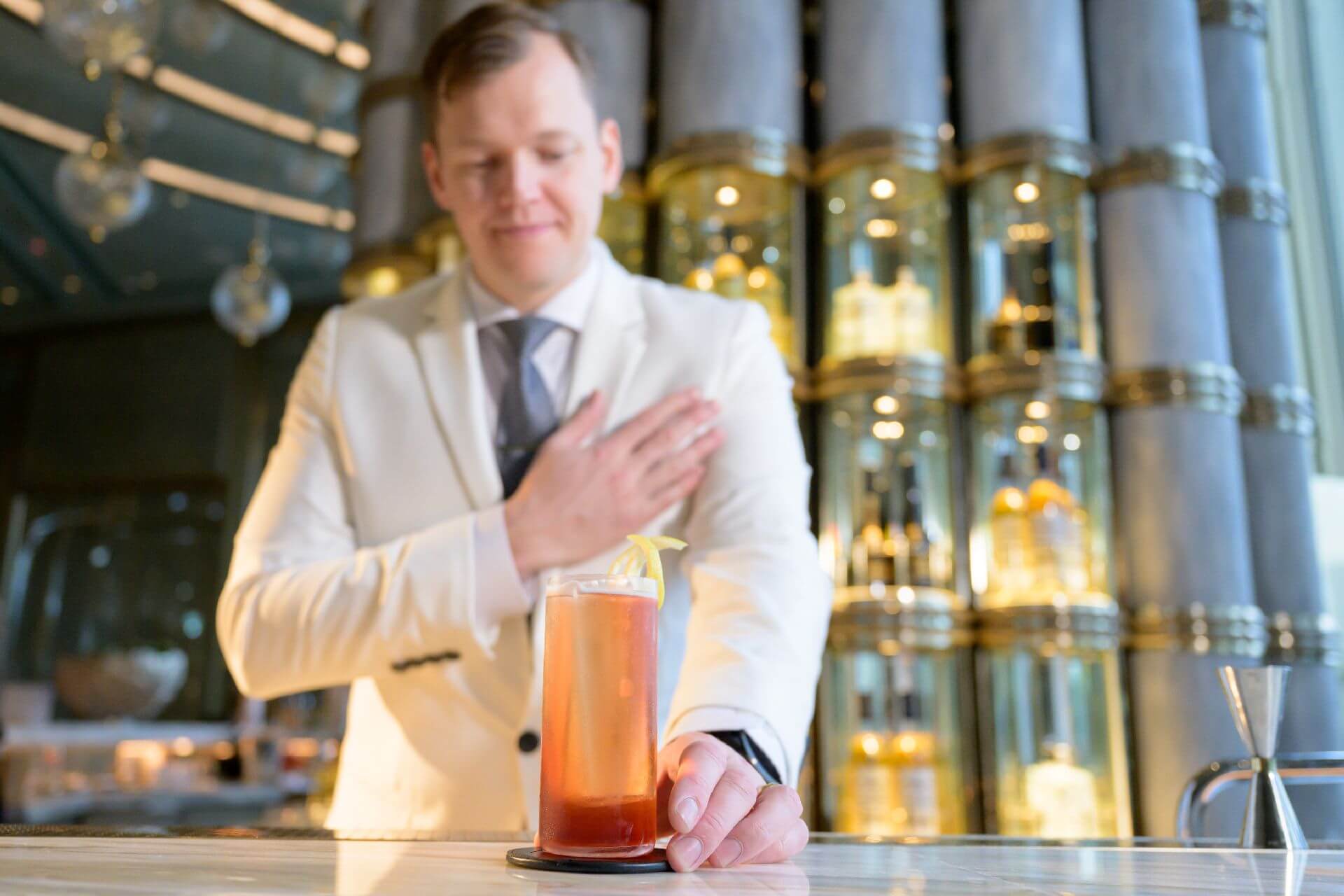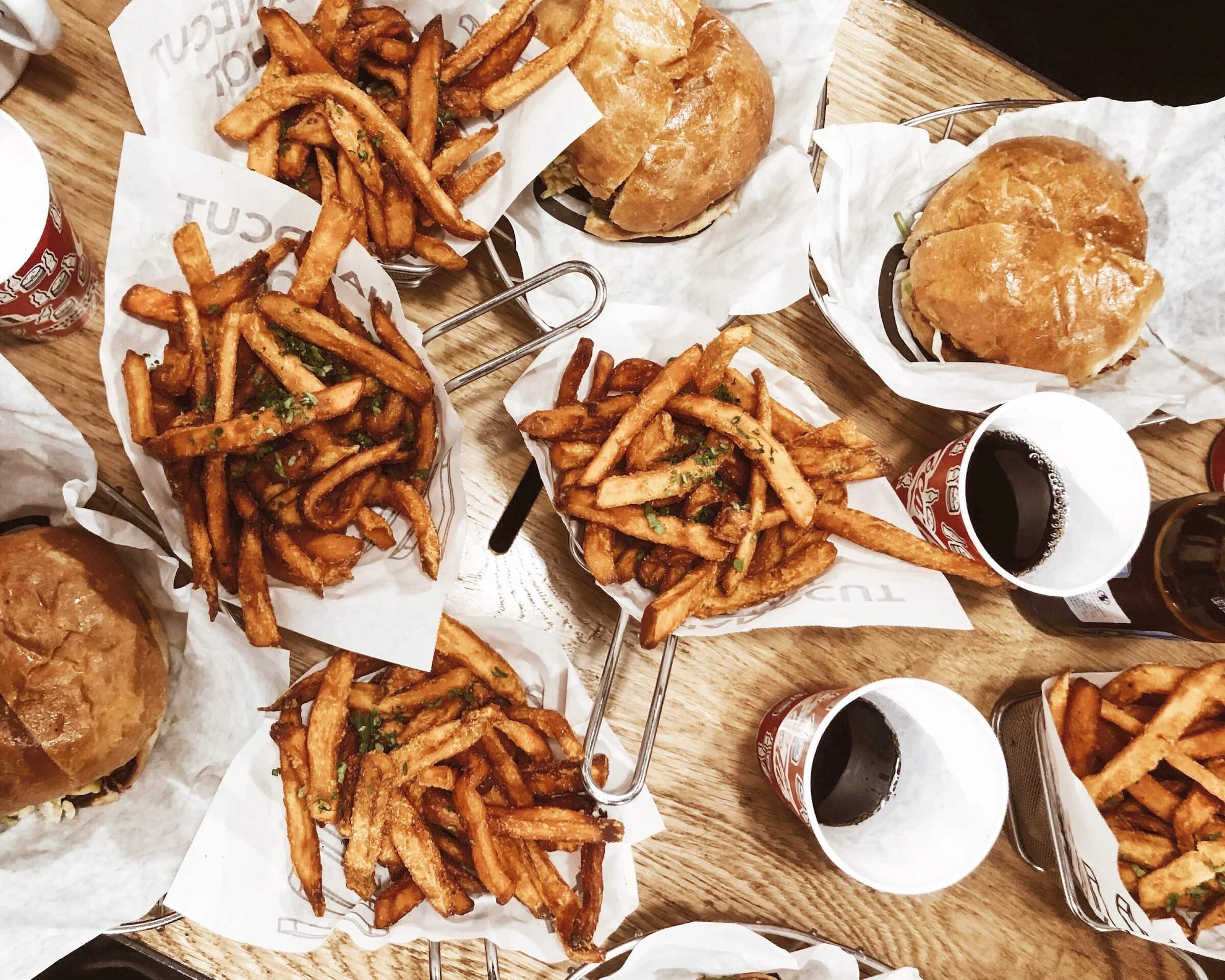Novo Fogo Reformulates and Redesigns Brazilian RTDs
by David Klemt

Just before Tales of the Cocktail kicks off, Novo Fogo Organic Cachaça announces the reformulation of their award-winning ready-to-drink cocktail line.
As founder and CEO Dragos Axinte reveals on episode 97 of the Bar Hacks podcast, the RTD series now features key changes.
For example, the RTDs now come in 12-ounce slim cans rather than their original eight-ounce cans. As you can see, the design is also much more colorful and eye-catching.
View this post on Instagram
Of course, the changes aren’t simply cosmetic. Inside the can, each expression represents a new recipe. The last iteration of Novo Fogo RTDs was delicious and showcased their Silver Cachaça brilliantly. However, the new formulation offers even more robust flavor and drops the sweetness a bit.
View this post on Instagram
Most importantly, the new RTDs are truly a pioneering beverage. Novo Fogo’s new canned cocktails are the first RTDs made with Brazilian cachaça ever to achieve USDA Organic certification.
This means that Novo Fogo’s entire lineup, from core expressions to special releases, is USDA-certified 100-percent organic. That’s a huge win for the company, for operators who feature their products, and for operators’ guests.
Operators will be able to introduce these new 12-ounce, nine-percent ABV RTDs to their guests shortly. They’re perfect as a refreshing summer cocktail, served on ice in buckets with limes for garnish.
NOVO FOGO ANNOUNCES NEW BRAZILIAN ORGANIC COCKTAIL
RTD Line Sets Industry Standard as the First-Ever USDA-Certified Organic Canned Cocktail Made with Brazilian Cachaça
SEATTLE, WA—Novo Fogo Organic Cachaça today announces that they have completely redesigned and reformulated their popular line of award-winning Brazilian canned cocktails, offering consumers a fresh way to experience their carbonated twist on Brazil’s national cocktail, the Caipirinha. Novo Fogo Brazilian Organic Cocktails come in three tropical flavors and are USDA-certified organic.
The award-winning, sustainability-oriented cachaça producer makes handcrafted cachaça from estate-grown sugarcane in Brazil’s Atlantic Rainforest and is a pioneer in spirit-based ready-to-drink (RTD) beverages. For over six years, Novo Fogo’s canned cocktails have introduced North American drinkers to Brazilian cachaça in an approachable, convenient, and delicious format. The current product evolution represents a giant leap forward in organic ingredient certification, packaging design, and flavor.
Novo Fogo’s Brazilian Organic Cocktails highlight three traditional Brazilian flavors—Lime, Passion Fruit, and Mango—that complement the base spirit of Novo Fogo Silver Cachaça, beloved by bartenders across the globe. The 100% natural ingredients have been reformulated to create a cocktail that is now certified organic by the USDA, a first for any cachaça-based RTD and a big win for Mother Earth. This breakthrough now makes Novo Fogo’s entire product line USDA-certified organic.
The colorful design of the 12 oz sleek cans evokes Novo Fogo’s origins in the Brazilian rainforest and emerged in collaboration with multi-Grammy-nominated dance music duo, SOFI TUKKER, who became co-owners and global ambassadors of Novo Fogo in October 2022. SOFI TUKKER’s vibrant, inclusive, and global perspective on electronic music has attracted legions of adoring fans worldwide, and Novo Fogo’s Brazilian Organic Cocktails are poised to accompany SOFI TUKKER’s music as the perfect concert cocktail.
Novo Fogo Brazilian Organic Cocktails feature new recipes that are full-flavored and not too sweet, each at 9% ABV with 150 calories and 12 grams of carbohydrates per serving. The aluminum cans have grown to 12 oz in volume, with 1.8 proper cocktail servings per can. Although they are new in every way, these updated cocktails continue to combine freshness, deliciousness, and shelf stability by virtue of their organic-certified ingredients that harmonize as balanced, carbonated drinks. Drink ‘em how you like ‘em, as long as they’re cold: straight from the chilled can, over ice in a glass, and with or without an extra squeeze of lime.
Novo Fogo is an award-winning Brazilian cachaça producer that handcrafts their spirits at their zero-waste distillery at the edge of the Atlantic Forest in Brazil’s southern state of Paraná. The purest representation of USDA-certified 100% organic sugarcane, Novo Fogo’s Silver Cachaça is the result of single pot distillation in small batches to maximize the flavors of local terroir in the finished spirit. Silver Cachaça is the base spirit for all three Brazilian Organic Cocktails.
“We have always been committed to genuinely reflect Brazilian culture in our brand persona, while also observing and respecting North American consumer trends. These new organic cocktails are a natural evolution of our understanding of the world and incorporate the positive, colorful, and vivid inspiration that SOFI TUKKER brought to the brand. As with everything we do these days, our new Brazilian Organic Cocktails represent the intersection of integrity and joy,” says Novo Fogo’s founder and CEO, Dragos Axinte.
Novo Fogo Brazilian canned cocktails are sold to distributors nationwide by 375 Park Avenue Spirits and online with a suggested retail price of $3.75 per can and $14.99 for a four-pack. To learn more about Novo Fogo products, please visit www.novofogo.com.
About Novo Fogo
A passionate advocate for sustainable practices in the spirits industry, Novo Fogo is a carbon-negative company that produces USDA-certified 100% organic cachaças at its zero-waste distillery in the heart of Brazil’s Atlantic Rainforest. Its production methods prioritize human and environmental sustainability; the company is proud of its all-female distiller team and its legacy reforestation project, The Un-Endangered Forest™, which seeks to restore 44 species of threatened native trees. Extending this ethos to its cocktail audience, Novo Fogo has been a trailblazer for sponsoring health and wellness initiatives for spirit industry members. The company’s product line intersects traditional Brazilian culture with modern cocktail trends of healthier drinking, such as low carbs, low ABV, and low calories. Seeking to build a business that can last 100 years, Novo Fogo has partnered with multi-Grammy-nominated global dance music duo SOFI TUKKER to foster increased awareness towards its brand of conscientious capitalism. Find Your Own Brazilian Zen™ by visiting https://www.novofogo.com.
About 375 Park Avenue Spirits
375 Park Avenue Spirits specializes in the premium- to luxury-spirit categories and their portfolio includes numerous expressions from leading international producers. Founded as Luctor International, LLC in 1981, 375 Park Avenue Spirits joined the Sazerac Company in early 2015 to act as an independent, yet fully integrated sales and marketing affiliate. The company is known today for creating an environment of growth for supplier partners in the domestic market for renown brands like Van Gogh Vodka from Holland, Sobieski Vodka from Poland, Cutty Sark Blended Scotch, J.P. Wiser’s Canadian Whisky, Paul John Single Malt Whisky from India, Scapegrace Gin from New Zealand, Novo Fogo Cachaça and many others. For more information on 375 Park Avenue Spirits, please visit www.375park.com.
Images courtesy of Novo Fogo Organic Cachaça















